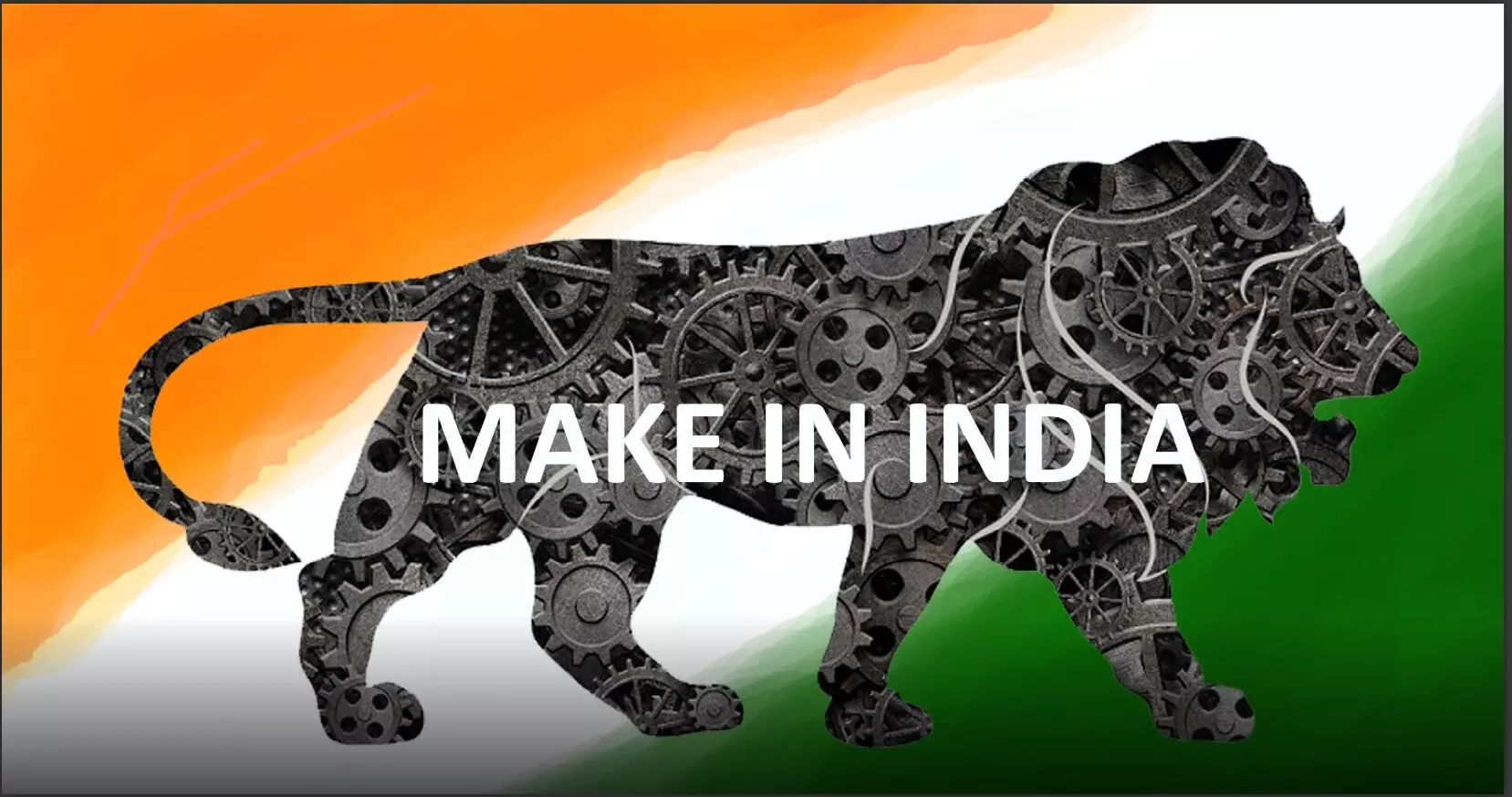An Envious Blueprint?

Government’s highly ambitious and much-talked-about Make in India initiative has still got a lot of fire and scope in it, but one thing is pretty evident—the spark with which it was propagated in its initial years appears to be fading. The magnanimity behind its announcement and reiteration has not been matched by the outcomes, and the slope forward is not necessarily upward. Inferring from a recent Bloomberg report, India’s once-sparkling electronics manufacturing sector, a poster child of the Make in India initiative, is showing signs of fatigue. After years of spectacular stock rallies, companies like Dixon Technologies and Kaynes Technology are now facing sharp corrections amid slowing growth, fading investor enthusiasm, and doubts over long-term profitability. The speculated expiry of the government’s production-linked incentive (PLI) scheme—an important pillar of India’s manufacturing policy—has further compounded investor concerns, especially as global peers offer far more reasonable valuations. Another example emanates from a recent news that Foxconn—the company that makes Apple’s phones—has asked hundreds of Chinese engineers to return from its Indian factories. This tells us that the road ahead won’t be easy. India may, in future, become a promising manufacturing alternative to China, but it’s not quite there yet. There are lessons to be learnt from China’s own journey, especially from its Made in China 2025 policy.
Announced in 2015, Made in China 2025 was a serious plan to move China up the value chain—from being the world’s low-cost factory to becoming a global leader in advanced technologies like electric vehicles, aerospace, robotics, AI, and green energy. While the phrase itself disappeared from public speeches in later years, the work behind it never stopped. China quietly kept investing in the future. The results are now visible. China dominates electric vehicle production, solar panel exports, and battery manufacturing. It has also made rapid progress in automation and high-speed rail. Even if it doesn’t talk much about MIC2025 today, the foundation laid by that policy is very much alive. India, on the other hand, launched Make in India around the same time. It generated a lot of interest, attracted big names, and gave hope that India would become the next big manufacturing hub. But while we’ve made progress in sectors like electronics and mobile assembly, we haven’t moved far enough into high-value or high-tech manufacturing. Part of the reason is that Make in India has remained more of a campaign than a carefully crafted industrial strategy. China’s plan was clear about which sectors it wanted to lead in. India needs that kind of focus too. It's not enough to say “we want manufacturing to grow.” The real questions are: in what areas? Is India building a domestic EV ecosystem? Is it serious about semiconductors? Is it investing in robotics or precision tools? Without such clarity, efforts are scattered and results patchy.
As pointed out by a very recent World Economic Forum report, another factor behind China’s success is the deep, hands-on experience its industries have built over time. Manufacturing is not just about machines and capital—it’s also about people who know how to work with their hands, who understand every stage of production, who can fix problems in real time. This kind of “process knowledge” can’t be imported or taught overnight. It has to be built, through years of doing, failing, and improving. India needs to nurture this kind of ecosystem by training more technicians, building better industrial clusters, and encouraging design and manufacturing to work side by side. It has a potentially vast workforce and service leverage at its disposal, but it lags far behind in capitalising on the same.
There are also important cautionary tales from China’s approach. The government in China often rushed to meet targets without thinking about demand, leading to duplication, waste, and overcapacity. Many industries became dependent on state subsidies rather than becoming truly competitive. India must avoid these traps. Rather than throwing money everywhere, India must build smart, focused capabilities. India also has to factor in that its political and economic structure is way different than that of China. India’s policy makers must have a cue as to what they can derive inspiration from, and what not. Another, and perhaps big lesson is about the way China sees technology. It treats artificial intelligence as infrastructure—something that quietly powers everything from factories and warehouses to transport and energy systems. AI has to be seen in terms of efficiency, prediction, and automation across industries, and not as mere apps and standalone platforms. India must adopt this mindset if it wants to leapfrog into the future of manufacturing. “Make in India” can work—but only if it moves beyond being a label. It needs strategy, clarity, and execution. And China, whether we like it or not, offers a masterclass in how it’s done.



